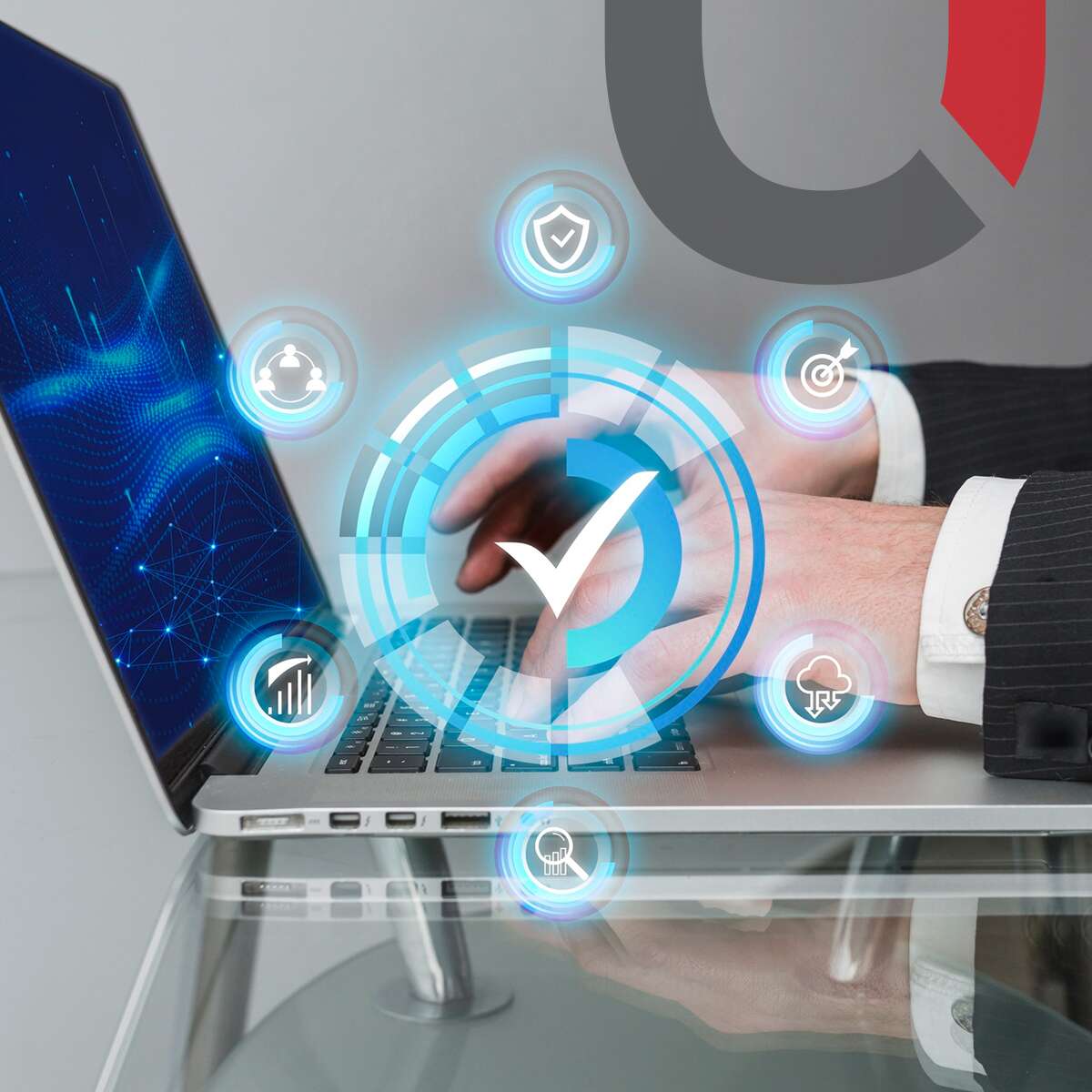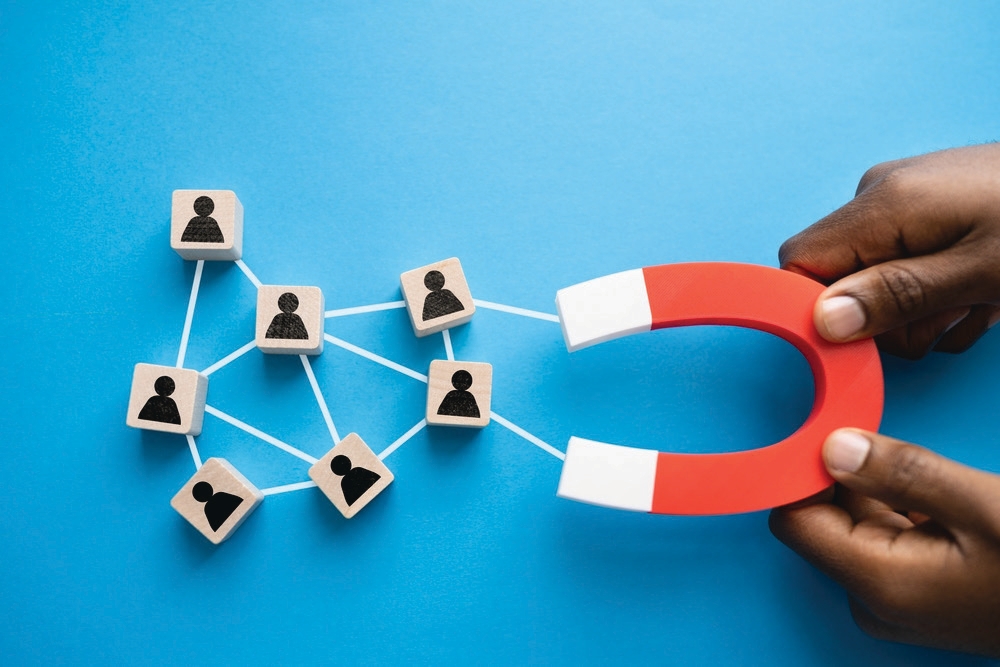A well-defined B2B sales funnel is paramount for guiding potential clients through the purchasing process and maximizing sales efficiency. It provides a structured framework, enabling businesses to understand and manage the buyer’s journey effectively. This ensures that sales and marketing efforts align with potential clients’ needs and interests at each stage.
One of the key benefits of a well-defined B2B sales funnel is improved sales efficiency. By clearly defining the sales process stages, businesses can identify and focus on the most effective strategies and tactics, reducing time wasted on unqualified leads and increasing the likelihood of conversion. According to Gartner, sales representatives have approximately 5% of a customer’s time during their B2B buying journey. Therefore, it is crucial to optimize that limited time by understanding the customer’s position in their journey and providing relevant information and solutions.
To succeed in the B2B sales and marketing funnel, understanding the buyer’s journey is essential. Buyers spend only 17% of their time meeting with potential suppliers, underscoring the narrow window of opportunity to influence their decisions. By comprehending the needs and interests of potential clients at each stage of the sales funnel, businesses can deliver personalized solutions and address specific pain points.
This tailored approach enhances the customer experience and builds trust, critical factors in improving conversion rates. Here’s a comprehensive guide stating the classic stages of a B2B sales funnel for maximum conversion.
5 Classic Stages of B2B Sales Funnel
The stages of a B2B sales funnel hold paramount importance in effectively guiding potential clients through the buying process and optimizing sales efficiency. This comprehensive step-by-step explanation will delve into the significance of each stage in detail. Here’s how:
Stage 1: Awareness
The awareness stage is the initial phase of the B2B sales funnel. Here, business buyers become aware of a problem they want to solve. At this stage, buyers are aware of a pain point but not actively seeking a solution. The importance of the awareness stage lies in attracting potential customers, establishing authority, and generating leads.
By capturing the attention of potential customers and making them aware of their problems, businesses can guide them toward a solution. It also helps businesses identify their ideal customer profile and buyer personas, enabling the creation of a targeted marketing strategy.
Content creation, such as blog posts, videos, and infographics, plays a significant role in the awareness stage. By providing valuable content, businesses can attract potential buyers, answer their initial questions, and establish themselves as a trusted source of information. This facilitates relationship building, lead nurturing, and progression through subsequent stages of the sales funnel for B2B companies.
Stage 2: Interest
During the interest stage of the buyer’s journey, potential customers demonstrate an interest in solving their problems and exploring possible solutions. This stage follows the awareness stage, where buyers identify and name their problems. In the interest stage, buyers actively seek information and consider various options to address their problems.
This stage is crucial for businesses to capture the attention and interest of potential customers. To effectively engage buyers at this stage, businesses should provide valuable and relevant information about their offerings. This can be done through webinars, videos, podcasts, and other educational resources. By showcasing expertise, industry knowledge, and understanding of the buyer’s problem, businesses can position themselves as trusted experts and gain the attention and trust of potential customers.
During the interest stage, buyers compare solutions, evaluate options, and assess which ones align best with their needs. It is important for businesses to highlight the unique features, benefits, and value propositions of their products or services to differentiate themselves from competitors and capture the interest of potential buyers.
Stage 3: Consideration
The consideration stage is the third stage of the buyer’s journey. In this stage, buyers actively search for a supplier to solve their problems. They have already identified their problem during the awareness stage and shown interest in solving it during the previous stage. Now, they focus on finding potential suppliers and evaluating options.
During this stage, buyers engage in various activities to explore solutions and gather information. These activities include browsing B2B marketplaces, requesting brochures or product information, seeking referrals, and comparing options.
Businesses play a crucial role by engaging with potential customers and providing relevant information. They should showcase their products or services, highlight unique value propositions, and address concerns or questions. This can be done through personalized content, product demonstrations, case studies, expert opinions, testimonials, and reviews.
By actively participating, businesses build trust and credibility, positioning themselves as viable solutions. Providing necessary information and resources enables buyers to make informed decisions and confidently move forward in their purchasing process.
Stage 4: Evaluation
The evaluation stage in the buyer’s journey is the fourth stage of a B2B sales funnel strategy, where buyers compare and assess potential suppliers. By this stage, buyers have moved from awareness to consideration, actively searching for and identifying multiple suppliers.
During the evaluation stage, buyers focus on assessing shortlisted suppliers based on various criteria, including unique value, reputation, pricing, customer support, and ROI. Highlighting the differentiation, benefits, and problem-solving capability of the solution is crucial. Demonstrating through product demonstrations, case studies, testimonials, and successful implementations is effective.
ROI is also significant in the evaluation stage. Suppliers should effectively communicate the potential return on investment, emphasizing financial benefits and long-term value. This can be achieved through ROI calculations, cost comparisons, and showcasing lasting impact.
By addressing evaluation criteria, showcasing value, and providing evidence of ROI, suppliers increase their chances of being chosen as the preferred supplier and progressing toward the final decision stage.
Stage 5: Purchase
The purchase stage is the final step in the buyer’s journey, where they make their decision and select a supplier. This stage of the B2B sales funnel is crucial for sellers as they need to effectively present their solutions, distinguish themselves from competitors, and substantiate the value and effectiveness of their offering.
To navigate the purchase stage effectively, sellers should focus on key aspects. Firstly, they must present their solutions in a compelling manner that addresses the buyer’s pain points and aligns with their needs and goals. Clear communication, engaging demonstrations, and personalized messaging can help sellers resonate with buyers and demonstrate the relevance of their offering. Secondly, sellers need to differentiate themselves from competitors by highlighting unique selling propositions, competitive advantages, and additional value-added services.
Emphasizing key features, benefits, and advantages will help buyers understand the distinct value that the seller’s offering provides. Substantiating the value and effectiveness of the offering is crucial. Sellers should provide evidence of successful implementations, customer testimonials, and case studies that demonstrate the positive impact and return on investment (ROI) of choosing their solution. This tangible proof of value builds trust and confidence in the buyer’s decision-making process. Moreover, sellers must understand the buyer’s motivations, priorities, and decision-making criteria.
By aligning their value proposition with the buyer’s objectives, sellers can create a stronger connection and demonstrate their understanding of the buyer’s needs. Personalized messaging, customized proposals, and addressing specific challenges and requirements of the buyer can achieve this.
Conclusion
Lead generation plays a critical role in the B2B sales funnel. It encompasses the task of attracting and capturing the interest and contact details of potential buyers. This, in turn, enables businesses to initiate communication and guide them through the stages of the funnel. Effective lead-generation strategies aid businesses in identifying and evaluating prospects to ensure that they are targeting individuals or organizations genuinely interested in their products or services.
In order to improve conversion rates and drive growth, it is crucial for businesses to continually track and optimize their sales funnel. By monitoring key metrics and analyzing customer behavior at each stage, businesses can identify areas for improvement, address bottlenecks, and refine their marketing and sales strategies. This ongoing optimization process allows businesses to enhance the customer experience and, ultimately, increase conversions and revenue.
Wondering how to get started with your lead conversion? Marketboats is here!
Marketboats is dedicated to providing assistance and expertise. We offer CALS, a state-of-the-art cloud-based platform designed to optimize lead generation. CALS utilizes our advanced Lead Quality Engine to deliver high-quality leads through rigorous cleansing, standardization, and enrichment processes. With customizable segmentation options that take into account industry, company size, geography, revenues, and employee size, CALS seamlessly integrates with CRM systems, streamlining follow-ups and significantly boosting conversion rates.
Ready to enhance your B2B lead generation process?
Contact us now!





